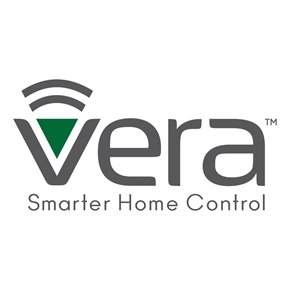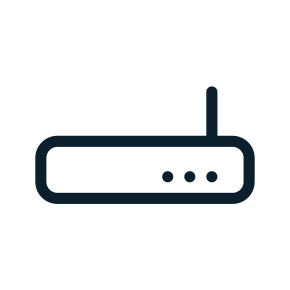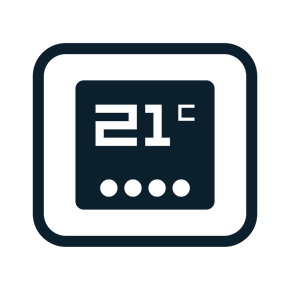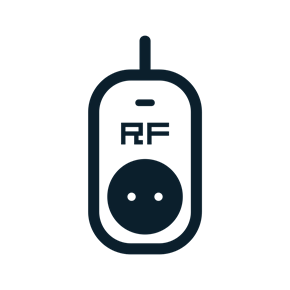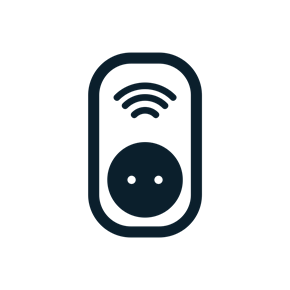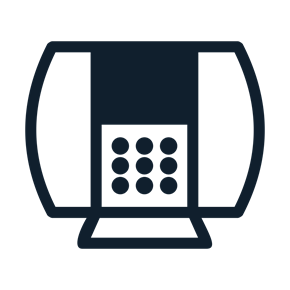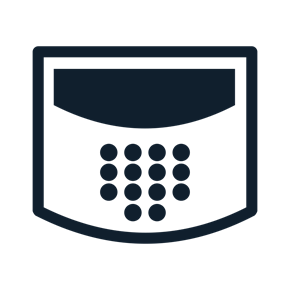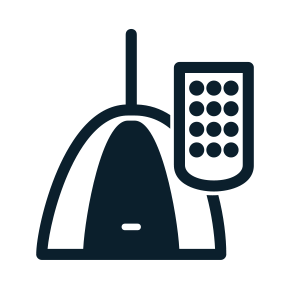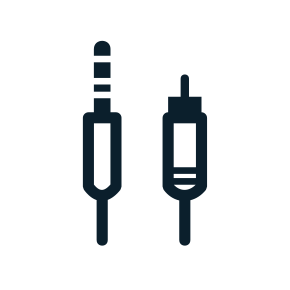Cookies help us deliver our services. By using our services, you agree to our use of cookies.
My Cart
Search
X10 Interfaces
X10 Interfaces available on eurox10.com
Computer Interface Xanura
CIX
€553.50 incl tax
The Xanura computer interface allows you to control all applications through X10 modules.
You can save scenarios in the CIX module to run automatically even with the interface disconnected from the computer. Adding or modifying scenarios can be done very simply. with the included Xanura software. This software also allows programming of so-called conditional scenarios; for example, "IF" the switch is operated "E" is dark, "THEN" the room lighting goes on ...
By installing the included software, you can automatically control devices or groups of X10 switching devices based on an electronic clock / calendar.
You can save scenarios in the CIX module to run automatically even with the interface disconnected from the computer. Adding or modifying scenarios can be done very simply. with the included Xanura software. This software also allows programming of so-called conditional scenarios; for example, "IF" the switch is operated "E" is dark, "THEN" the room lighting goes on ...
By installing the included software, you can automatically control devices or groups of X10 switching devices based on an electronic clock / calendar.
Universal Alarm Interface
SM10E
€44.99 incl tax
Connects to an existing system and turns on lights when tripped. It has 3 modes of operation:
In mode 1 the SM10 will turn On all Lamp Modules and Wall Switch Modules set to its House code, and will also turn On any other Modules set to its Unit code, a stereo connected to an Appliance Module, for example. All Lamp Modules and Wall Switch Module are left in the On state when the system is deactivated, but the Module set to the same Unit code as the SM10 will turn Off.
In mode 2 the SM10 will FLASH all lights connected to Lamp Modules or Wall Switch Modules. All Lamp and Wall Switch Modules will be left in the On state when the system is de-activated but Appliance modules set to the same House code as the SM10 will turn Off.
In mode 3 the SM10 will turn ON any Module set to the same House Code and Unit Code as the SM10 when the system is activated and turns it OFF when the input contact is opened.
Set the input switch to A for triggering the interface by a low voltage input (6-8 V AC, DC or audio), to B for triggering the interface by a dry contact closure. Do not connect 220V to the input terminal!
The SM10 has a test button which allows you to activate it whether or not it is connected to a system. The All light off button allows you to turn off anything which has been turned on by the interface.
To install the SM10 (is expected to be installed inside the security controller panel) :
• Connect the system output to the screw terminals.
• Connect the flying lead to the 230V power supply, most likely at the 230V side of the transformer.
In mode 1 the SM10 will turn On all Lamp Modules and Wall Switch Modules set to its House code, and will also turn On any other Modules set to its Unit code, a stereo connected to an Appliance Module, for example. All Lamp Modules and Wall Switch Module are left in the On state when the system is deactivated, but the Module set to the same Unit code as the SM10 will turn Off.
In mode 2 the SM10 will FLASH all lights connected to Lamp Modules or Wall Switch Modules. All Lamp and Wall Switch Modules will be left in the On state when the system is de-activated but Appliance modules set to the same House code as the SM10 will turn Off.
In mode 3 the SM10 will turn ON any Module set to the same House Code and Unit Code as the SM10 when the system is activated and turns it OFF when the input contact is opened.
Set the input switch to A for triggering the interface by a low voltage input (6-8 V AC, DC or audio), to B for triggering the interface by a dry contact closure. Do not connect 220V to the input terminal!
The SM10 has a test button which allows you to activate it whether or not it is connected to a system. The All light off button allows you to turn off anything which has been turned on by the interface.
To install the SM10 (is expected to be installed inside the security controller panel) :
• Connect the system output to the screw terminals.
• Connect the flying lead to the 230V power supply, most likely at the 230V side of the transformer.
Mini Timer
S1102
€44.90 incl tax
It can be programmed so easily as an alarm clock.
It allows 8 timed events.
Can be used as na alarm clock.
It allows 8 timed events.
Can be used as na alarm clock.
Availability: 2 in stock







